Your cart is currently empty!

The Jaleo – John Singer Sargent
Immerse yourself in the enchanting world of art with the highest quality oil painting reproduction of “The Jaleo” by John Singer Sargent. This masterpiece radiates elegance and sophistication, meticulously crafted with the finest materials to ensure every detail is captured with stunning accuracy.
Each brushstroke is a testament to exceptional craftsmanship, recreating the intricate details a…
An Exploration of John Singer Sargent’s El Jaleo (1882)
John Singer Sargent’s El Jaleo is a striking work of art that encapsulates the vibrant spirit of flamenco dance while reflecting the artist’s profound engagement with Spanish culture. Completed in 1882, this monumental painting has not only captivated audiences for over a century but also positioned Sargent as a leading figure in the art world. This article delves into the background of El Jaleo, its description and thematic significance, its critical reception, and its provenance.

Background
Inspiration
Sargent’s fascination with Spanish culture was ignited during his travels through Spain and North Africa in 1879. This journey profoundly influenced his artistic direction, particularly his interest in the expressive movement of Romani dance. The excitement and energy of these performances inspired him to create El Jaleo, which depicts a lively flamenco dancer caught in a moment of fervent expression. This trip also yielded another noteworthy painting, The Spanish Dance, further emphasizing Sargent’s dedication to capturing the essence of Spanish dance traditions.
Title
The title El Jaleo carries a dual significance. In a broad sense, jaleo refers to a ruckus or commotion, evoking the lively atmosphere of the flamenco dance being portrayed. More specifically, it denotes the jaleo de Jerez, a traditional flamenco style originating from Jerez de la Frontera. This duality in the title encapsulates the energetic and vibrant nature of the painting.
Preparation
Sargent invested considerable time and effort into planning the composition of El Jaleo. Over the course of a year, he produced numerous preliminary studies, particularly focusing on the dancer’s pose. His meticulous preparation reflects his commitment to capturing the authenticity and dynamism of the flamenco dancer’s movements, which are central to the painting’s impact.
Description
Scale and Palette
El Jaleo is a monumental work, measuring nearly 12 feet in width, making it an imposing presence in any gallery. Sargent employed a near-monochromatic palette, primarily consisting of deep, rich tones that evoke a sense of intimacy and drama. The strategic use of red and orange accents punctuates the darker hues, drawing the viewer’s eye toward the dancer and enhancing the overall vibrancy of the scene.
Light and Shadow
One of the most striking aspects of El Jaleo is Sargent’s masterful interplay of light and shadow. The dramatic contrasts create a theatrical ambiance that brings the painting to life. The dancer’s white skirt stands out vividly against the dark background, emphasizing her movement and grace. This manipulation of light and shadow not only heightens the visual interest of the piece but also evokes a sense of rhythm and energy, much like the flamenco dance itself.
Composition and Movement
The composition of El Jaleo is carefully structured to convey a sense of motion. The female dancer is positioned asymmetrically, leaning forward in a pose that suggests dynamic movement from left to right across the canvas. Her outstretched arm and the curve of her body reflect authentic flamenco technique, capturing the essence of the dance. Sargent’s attention to detail in the dancer’s posture and expression enhances the painting’s emotional depth and engages the viewer in the performance being depicted.
Themes
El Jaleo embodies the 19th-century European fascination with Spanish culture, known as Hispanism. This fascination is reflected in both the painting’s subject matter and Sargent’s approach to the composition. The work has been categorized as both Impressionistic and Realist, highlighting Sargent’s ability to blend these two movements seamlessly. The vibrant portrayal of the flamenco dancer serves not only as an aesthetic representation but also as a cultural commentary on the allure of Spanish traditions.
Critical Reception
Initial Acclaim
Upon its debut at the 1882 Paris Salon, El Jaleo quickly became the talk of the art world, propelling Sargent to fame. Critics and audiences alike were captivated by the painting’s originality and strength. A critic for Le Figaro heralded it as “one of the most original and strongest works of the present Salon,” recognizing Sargent’s innovative approach to the subject matter and his technical prowess.
Varying Interpretations
Despite its initial acclaim, reactions to El Jaleo varied widely. While some praised its cleverness and artistry, others dismissed it as a mere whim. Critics debated its alignment with Impressionism, with some viewing it as a pivotal moment in Sargent’s career while others struggled to categorize it within the established art movements of the time. This diversity of interpretations underscores the complexity of Sargent’s work and the ongoing dialogue it provokes among art historians and enthusiasts.
Provenance
Initial Exhibition and Sale
After its initial exhibition at the 1882 Paris Salon, El Jaleo was purchased by the Bostonian Thomas Jefferson Coolidge. The painting’s transition to an American collector marked the beginning of its storied provenance.
Acquisition by Isabella Stewart Gardner
Isabella Stewart Gardner, an influential art collector and philanthropist, was captivated by El Jaleo and sought to acquire it. She initially borrowed the painting from Coolidge, and later received it as a gift. Gardner was so enamored with the piece that she designed the Spanish Cloister gallery in her museum specifically to house it, demonstrating her deep appreciation for Sargent’s work and Spanish culture.
Further Points
In 1992, El Jaleo briefly traveled to the National Gallery of Art in Washington D.C. for cleaning and restoration, further cementing its status as a significant piece in Sargent’s oeuvre. Additionally, the painting’s influence extended beyond the art world; a scene in John Wayne’s 1960 film The Alamo recreates El Jaleo, showcasing its cultural impact and continued relevance.
Conclusion
El Jaleo remains a cornerstone of John Singer Sargent’s artistic legacy. Its vibrant portrayal of flamenco, dramatic use of light and shadow, and impressive scale continue to captivate viewers over a century later. The painting stands as a testament to Sargent’s mastery of his craft and his enduring fascination with Spanish culture. Through El Jaleo, Sargent invites us into a world of rhythm, movement, and cultural richness, leaving an indelible mark on the landscape of art history.
John Singer Sargent
Join us as we delve into the life and artistry of John Singer Sargent, a master portraitist renowned for his vibrant brushwork and ability to capture the essence of his subjects with remarkable intimacy and grace.
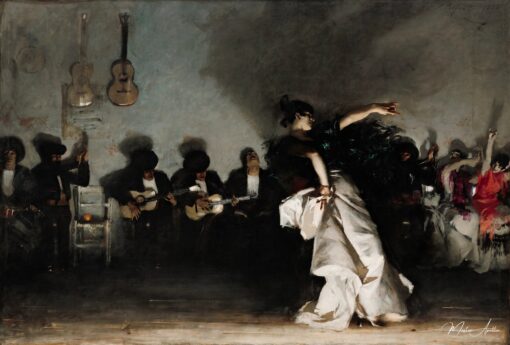
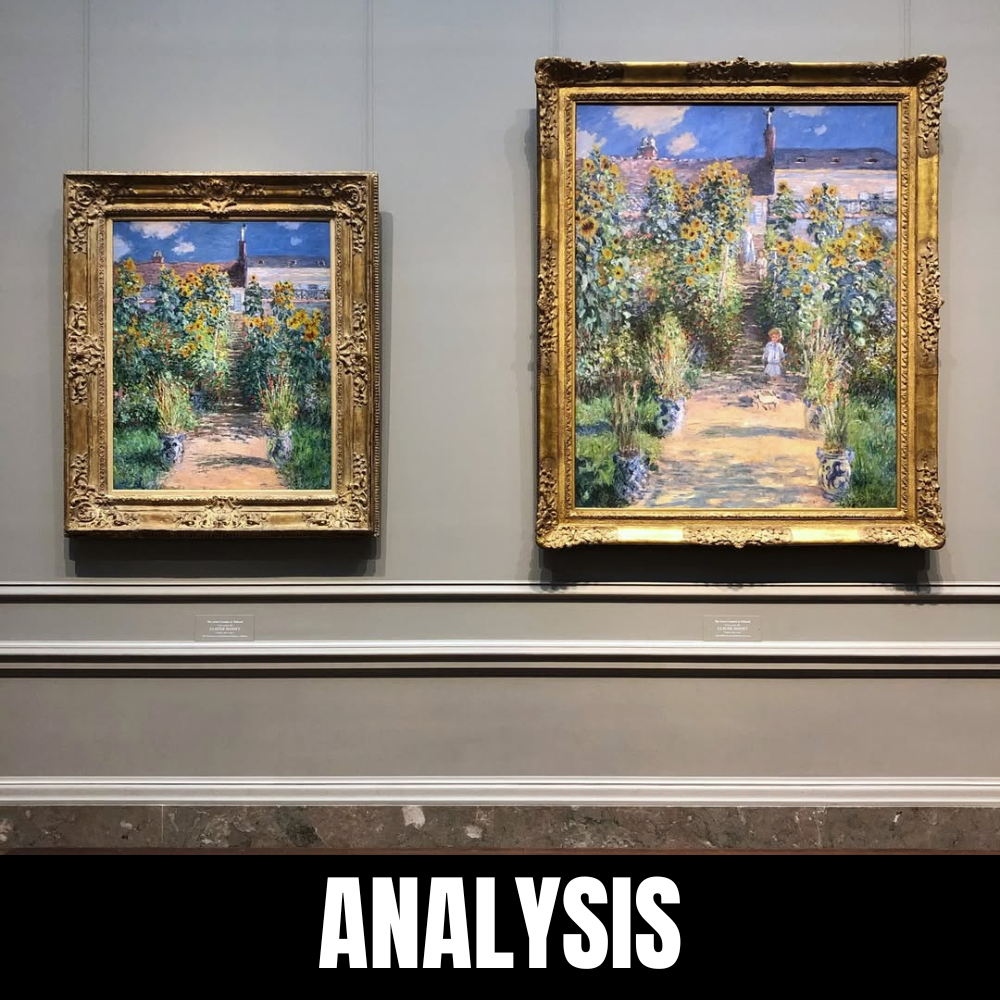
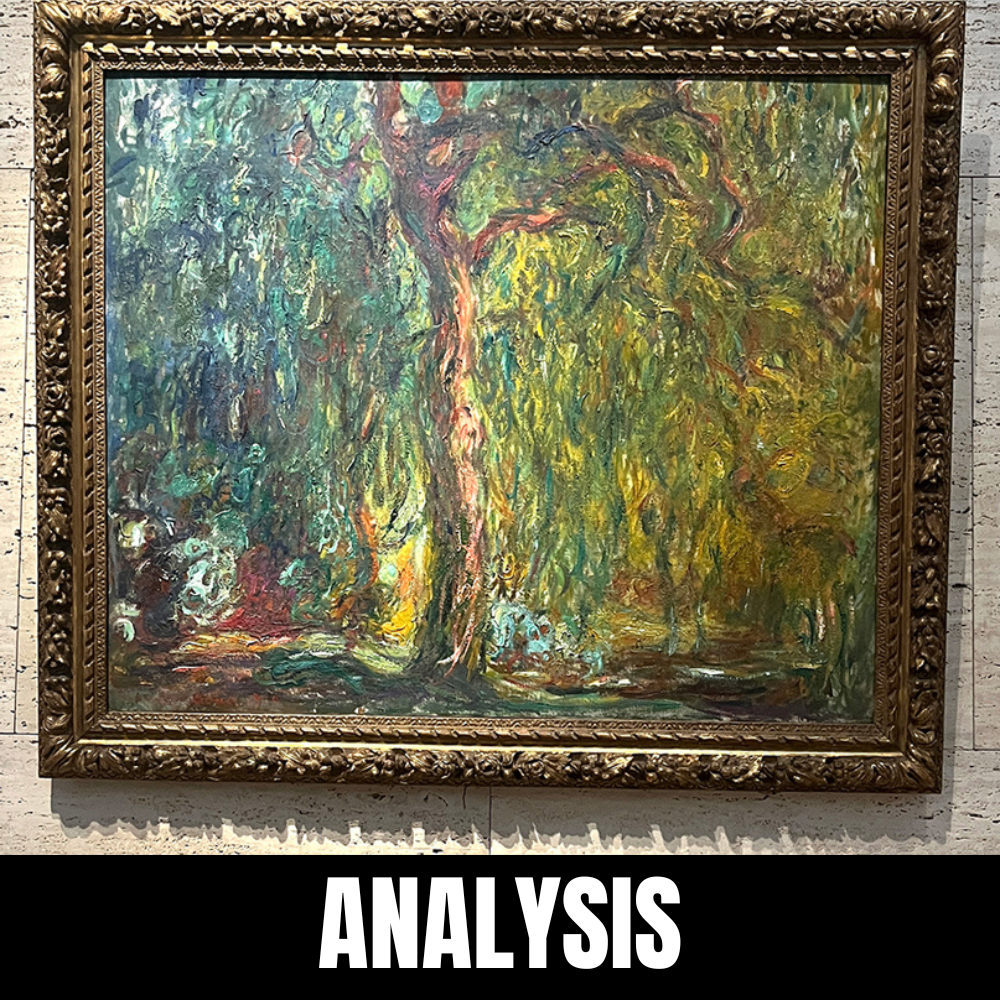
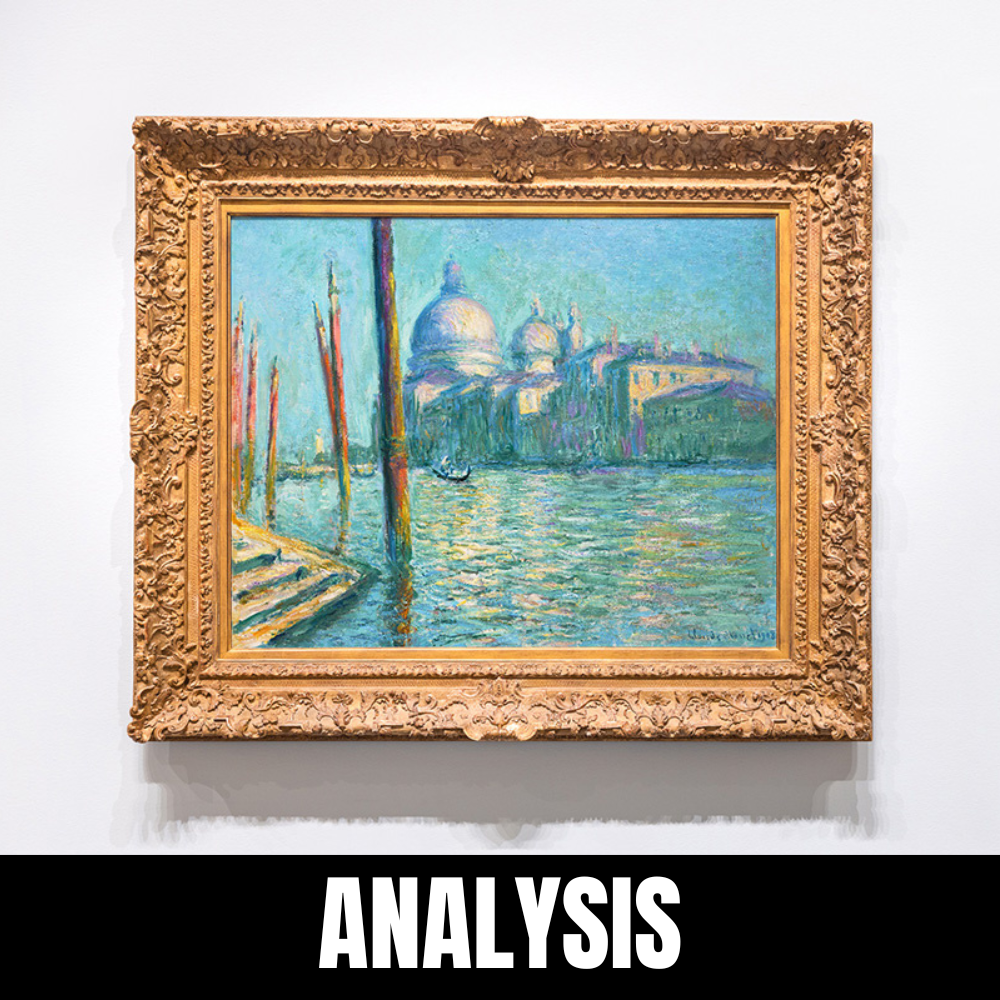
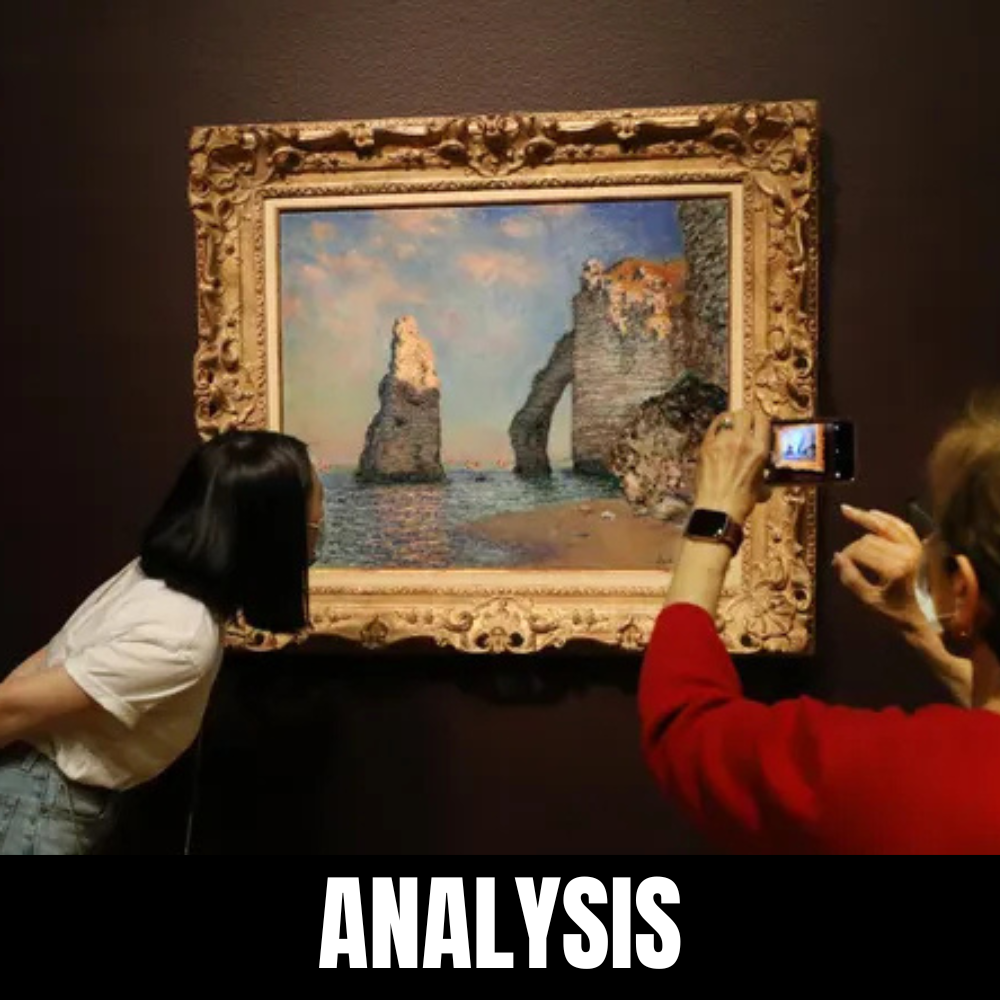
Leave a Reply